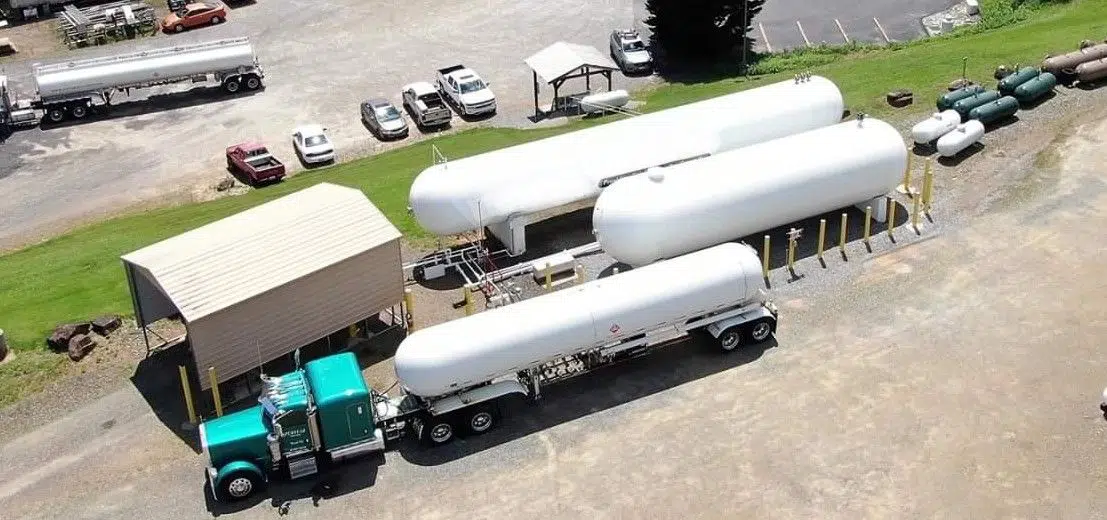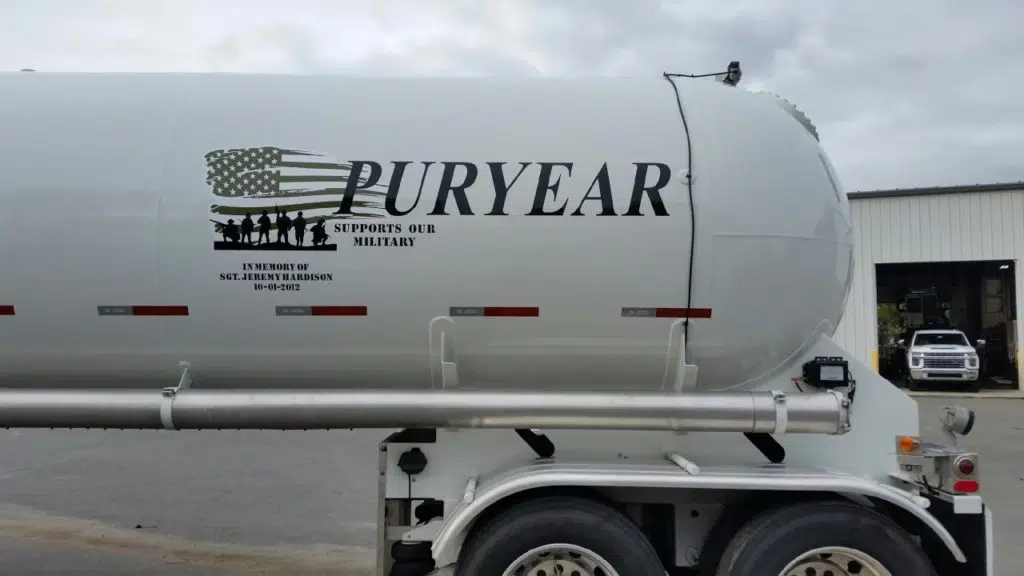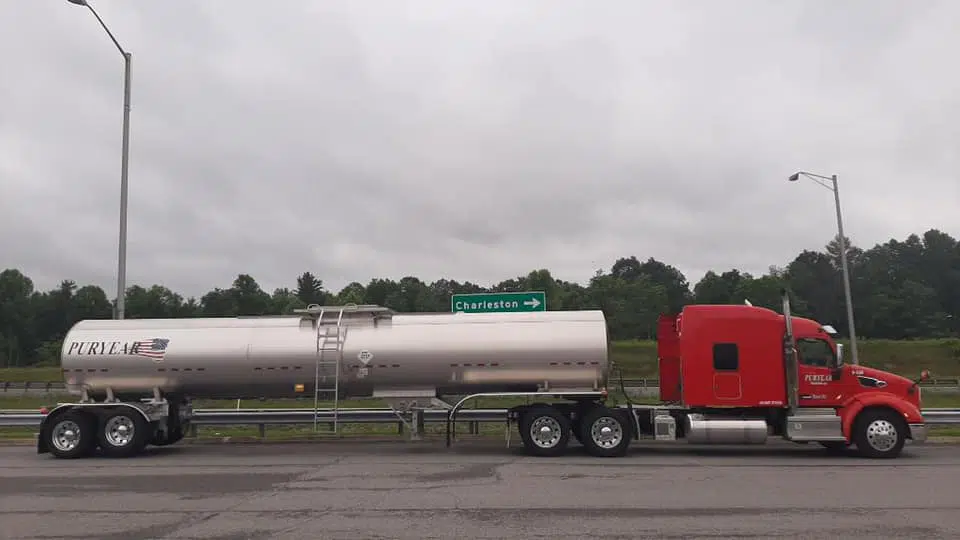
In the propane transportation industry, safety is paramount. As a highly flammable gas, propane must be handled with precision and care during every step of the transportation and unloading process. For truck drivers, following a structured approach is key to ensuring safety, efficiency and compliance with industry regulations.
This detailed guide breaks down the 19 critical steps involved in unloading propane safely from a transport truck to a storage tank. Whether you're a seasoned driver or new to the industry, this guide will serve as a valuable checklist that helps keep you safe.
Propane is a volatile substance that poses serious risks if handled improperly. Accidents such as gas leaks, fires and even explosions can occur if the unloading process is not conducted carefully.
Furthermore, mishandling propane can lead to significant financial costs due to equipment damage, environmental clean-up and regulatory fines.
This guide emphasizes safety protocols, proper use of equipment and effective monitoring techniques that help minimize risks, protect your equipment and maintain smooth operations.

Before diving into the process, it’s important to ensure you have the right equipment. The tools needed for safe propane unloading include:
Safely park your truck on flat, stable ground. Ensure the truck is in park with the brake applied. This prevents unwanted movement during unloading.
Place wheel chocks under the wheels to ensure the truck does not move. Movement during the unloading process can be dangerous, causing hoses to disconnect or valves to malfunction.
It’s crucial to first verify that the storage tank has enough room for the propane being unloaded. Failure to check could lead to an overflow, creating safety hazards and unnecessary downtime.
Before connecting any hoses, ensure all valves on the storage tanks are open. This allows for smooth propane flow and prevents pressure buildup.
Methanol is used to prevent water from freezing in the pipes during propane unloading. Especially in colder temperatures, water vapor in propane can freeze, leading to blockages. Check the methanol station and have methanol ready to inject into the system.
Hook up the pump shaft from the truck’s PTO system. This system powers the pump that will move propane from the truck to the storage tanks.
Open the belly valve on the trailer to let propane flow from the truck into the storage tank. This valve controls the propane’s path into the pump.
Slowly open the vapor valve on the truck to allow propane vapor to flow into the storage tank. This helps to stabilize the pressure inside the tanks before the liquid propane starts to flow.
Connect the vapor line from the truck to the storage tank. This line equalizes pressure between the truck and the tank, ensuring safe propane transfer.
If methanol is required, inject it directly into the liquid hose. When you open the liquid line, it will move directly into the tank. Methanol will evaporate any water within the propane, helping to prevent blockages caused by freezing.
Before fully starting the unloading process, walk around the truck and ensure all connections — both liquid and vapor — are secure. A loose connection can lead to dangerous leaks.
Gradually open the vapor Valves and confirm that the vapor exchange is happening. Listen for distinctive hissing or “wooshing” sounds. This confirms the movement of vapor.
With the vapor valve already open, gradually open the liquid valve. Propane will begin flowing into the storage tank; opening it slowly helps prevent sudden surges in pressure.
Engage the PTO pump in idle mode to start propane flow. Check pressure gauges and listen for consistent flow sounds to confirm proper operation. Pause and troubleshoot if irregularities occur.
To speed up the unloading process, gently increase the truck’s RPMs. This speeds up the pump, but always keep safety in mind — don’t increase RPMs too quickly.
During the unloading process, check the liquid hose for vibrations. These pulsations indicate that propane is flowing correctly. If the hose stops vibrating or vibrates erratically, it could mean there’s an issue with the flow.
Regularly monitor the percentage gauge on the storage tank to ensure propane is being transferred. A steady drop in the percentage shows the unloading process is progressing properly.
The unloading process takes some time, so use this period to complete necessary paperwork. This keeps operations efficient and ensures you’re ready to move on once the unloading is finished.
After unloading is complete, close all valves and carefully disconnect the hoses. Ensure all barriers you may have removed earlier (such as railings) are reinstalled.

After everything is disconnected and packed away, remove the wheel chocks and conduct a final inspection of the truck and surrounding area. Make sure all equipment is securely stowed and no debris or hazards remain.
Before leaving the site, perform a final walk-around to ensure no leaks or equipment malfunctions have occurred during unloading. If any issues are detected, address them immediately.
Propane unloading is a complex but manageable process if the proper steps are followed. This guide has covered 20 detailed steps to ensure the safe and efficient transfer of propane from a truck to a storage tank. By adhering to these protocols, drivers can minimize risks, prevent accidents and maintain a high standard of safety in their day-to-day operations.
Remember, when it comes to propane, safety and vigilance are your best tools.

You’re family.
Drive for a reliable, financially stable, family-owned company that has been in business for over 60 years.
